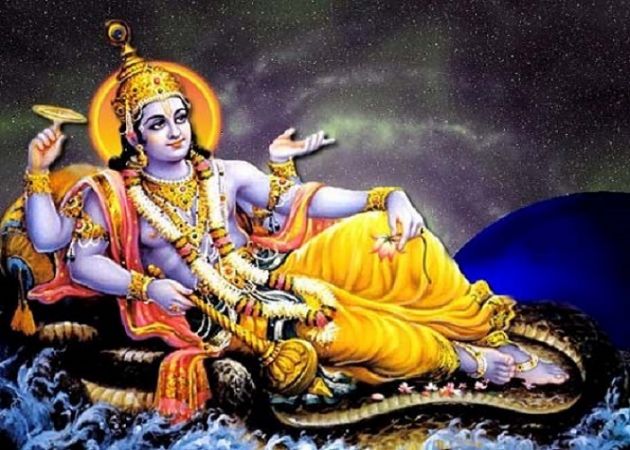
The Hindu calendar is a complex system that combines lunar and solar movements to mark the passage of time. It consists of twelve lunar months, each spanning approximately 29.5 days, making the total year about 354 days long. To align the lunar calendar with the solar year of 365 days, a lunar month is added approximately every 32.5 months, resulting in an intercalary month known as Adhik Maas (also called Purushottam Maas). In addition to Adhik Maas, there are also periods considered inauspicious, known as Kharmas and Malmas, which hold significant cultural and religious importance in the Hindu tradition.
1. Adhik Maas / Purushottam Maas:-
Adhik Maas, also known as Purushottam Maas, is an extra month that occurs in the Hindu calendar approximately once every two to three years. This phenomenon arises due to the disparity between the lunar and solar years, which results in the Hindu calendar falling behind the solar calendar. To rectify this, an additional month is inserted, allowing the lunar calendar to catch up with the solar cycle. During Adhik Maas, Hindus believe that performing acts of piety, charity, and spiritual practices yield multiplied benefits. Observing religious rituals, fasting, reading sacred texts, and engaging in acts of compassion are considered highly meritorious during this month. Many pilgrimages and religious festivals also take place during Adhik Maas, making it an auspicious and spiritually vibrant time for Hindus across India.
2. Kharmas:-
Kharmas refers to a period of about 15 days that occurs once a year, usually in the month of Margashirsha (November-December) in the Hindu calendar. During Kharmas, it is believed that the Hindu deities, especially Lord Vishnu, are in a state of deep slumber and that no auspicious ceremonies or new ventures should be initiated. The word "Kharmas" is derived from the Sanskrit word "Kharma" which means "sinful actions". However, it is important to note that this period is not considered to be entirely inauspicious, and essential activities like weddings or other life events can still take place with the proper guidance of astrologers. Devotees use this time to engage in introspection, perform spiritual practices, and seek the blessings of the deities by visiting temples and offering prayers. The end of Kharmas is marked with special rituals and the resumption of regular auspicious activities.
3. Malmas:-
Malmas is another inauspicious month in the Hindu lunar calendar that occurs every 32.5 months, approximately once every 2-3 years. Unlike Kharmas, which lasts for about 15 days, Malmas lasts for an entire lunar month. It is considered an inauspicious time for new beginnings, marriages, housewarming ceremonies, and any significant financial or personal decisions. During Malmas, devotees abstain from certain auspicious activities and focus on spiritual pursuits. Many people engage in religious pilgrimages, charity work, and reading of sacred scriptures to seek divine blessings and cleanse themselves of any impurities.
The Hindu calendar, deeply rooted in religious and cultural significance, offers a unique blend of lunar and solar observances. Adhik Maas, Purushottam Maas, Kharmas, and Malmas all contribute to the rich tapestry of Hindu traditions, providing opportunities for devotees to deepen their spiritual connections, seek divine grace, and reflect on their actions. These special months are marked by rituals, festivals, and acts of piety, allowing Hindus to celebrate their faith and spirituality throughout the year.
If you are going on the Kailash Mansarovar Yatra, do not forget to visit these places as well
Intrigue and Devotion: Understanding the Secretive Gods of Hindu Faith